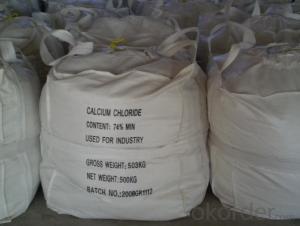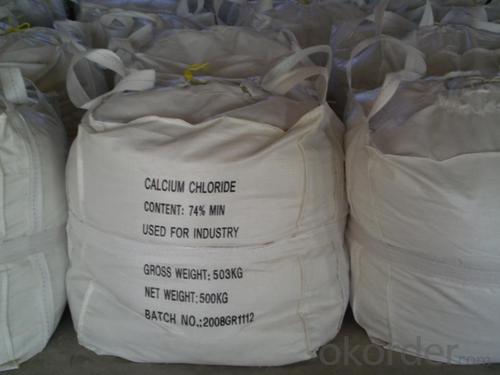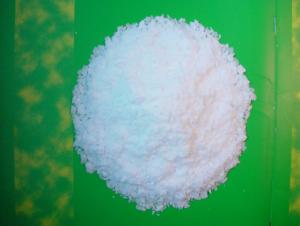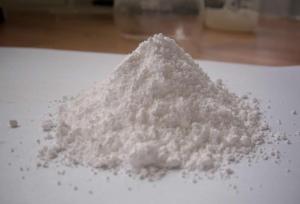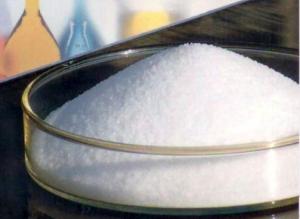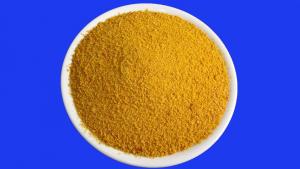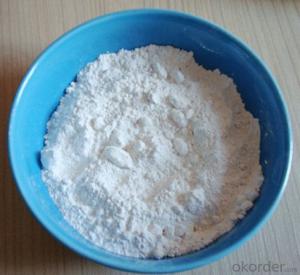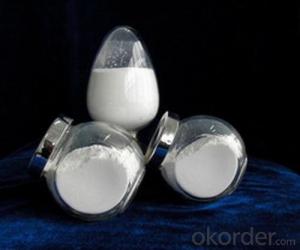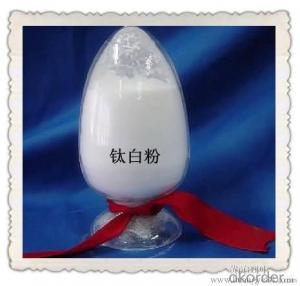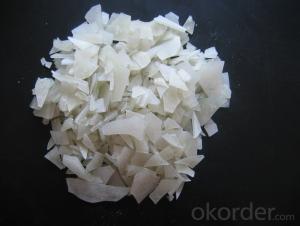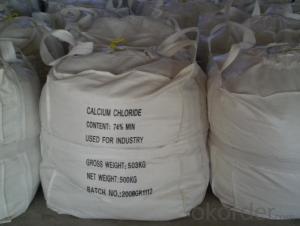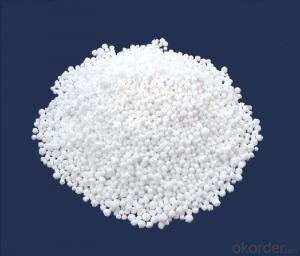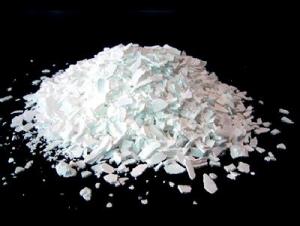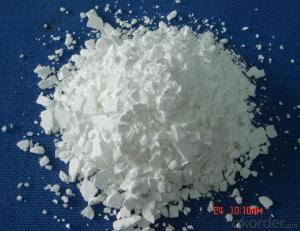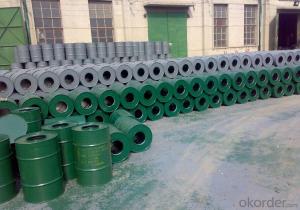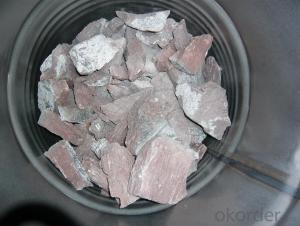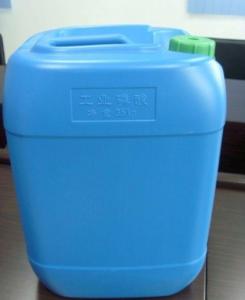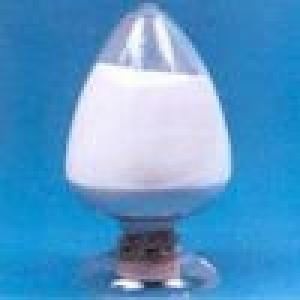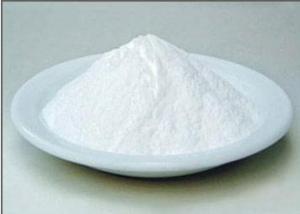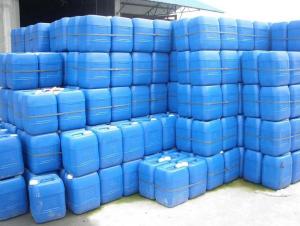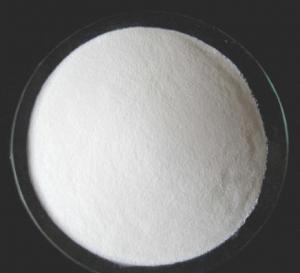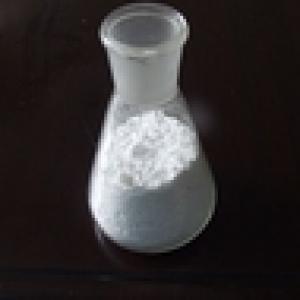Calcium Chloride with Competitive Price with SGS Test
- Loading Port:
- China Main Port
- Payment Terms:
- TT or LC
- Min Order Qty:
- -
- Supply Capability:
- -
OKorder Service Pledge
OKorder Financial Service
You Might Also Like
1. Structure of Calcium Chloride Description:
Property: White flake or grain crystal, its solubility is strong; Easy to dissolve in water. It has causticity.
Molecular Formula: CaCL2 , CaCL2 .2H2O
Molecule Weight: 110.98 , 147.01
CAS No.: 10043-52-4
Appearance: White Flakes / Ball / Powder/Granular
2.Main Features of Calcium Chloride:
calium chloride anhydrous ,cacl2 74% calcium chloride
Calcium chloride is an inorganic salt, which exists as solid or liquid. Solid calcium chloride is a white, crystal
3.Calcium Chloride Images


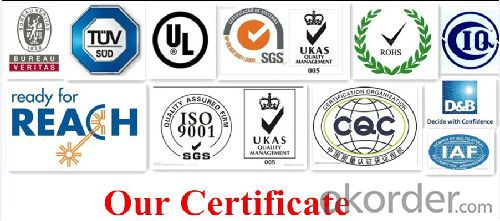
4.Calcium Chloride Specification
Item (Industrial Grade) | Quality Index | |
Purity ( As CaCL 2 ) | 74-77% | 90-94% |
Sulphate ( As CaSO 4 ) | 0.2 % max | 0.2% max |
Magnesium & Alkali Metal Chlorides ( As NaCL) | 3.5% max | 4.0% max |
Alkalinity ( As Ca(OH) 2 ) | 0.2% max | 0.25% max |
Water insoluble | 0.1% max | 0.2% max |
Item (Industrial Grade) | Quality Index | |
Purity ( As CaCL 2 ) | 74-77% | 90-94% |
Sulphate ( As CaSO 4 ) | 0.2 % max | 0.2% max |
Magnesium & Alkali Metal Chlorides ( As NaCL) | 3.5% max | 4.0% max |
Alkalinity ( As Ca(OH) 2 ) | 0.2% max | 0.25% max |
Water insoluble | 0.1% max | 0.2% max |
Arsenic ( As ) | 0.0002% max | 0.0002% max |
Heavy metals ( As Pb ) | 0.0005% max | 0.0005% max |
5.FAQ
1)How many tons does your factory can supply each moth?
30000tons/month
2)How to quarantee the quality of the products?
you can arrange SGS&BV or other quality inspection.
3)How many days you need to pepare the cargo after we made the order?
within 30 days.
- Q: and what are the kinds of organic compounds?..pls. help me abt. this..thanks!..(^_^)
- Any carbon-containing compound is considered organic with the exception of carbonates, bicarbonates, carbon dioxide and carbon monoxide.
- Q: Vinegar and lemon, which is more sour
- Lemon with citric acid Molecular formula C6H8O7 vinegar there are acetic acid formula C2H4O2 different chemical composition! I prefer the taste of lemon, but vinegar is more sour
- Q: How to get an inorganic salt
- Inorganic salts are salts of inorganic compounds, formerly known as minerals. Plant growth needs N, P, K three elements and Ca, Zn, B, Mg, S, Fe and other trace elements. Depending on the type and amount of inorganic salts required for plant life, the water and various proportions of inorganic salts are scientifically formulated into plant nutrient solutions. The method of cultivating plants with plant nutrient solution is called soilless cultivation. The inorganic salts used to prepare the nutrient solution are generally not available for extraction, such as potassium nitrate, calcium nitrate, magnesium sulfate, potassium dihydrogen phosphate, copper sulfate, zinc sulfate and the like, and the reagent may be a chemical fertilizer. The purity of the reagent is high and the impurities of the fertilizer are more. If you can not get it, you can use soil leaching solution (fertile soil plus fresh water, the liquid obtained after filtration), which generally contains a variety of inorganic salts.
- Q: Octopus why the lack of boron-containing inorganic salts can cause rape to flow only without fruit
- When the boron deficiency occurs, pollen tube germination is affected and poor fertilization leads to seed formation.
- Q: To sweet to take the sugar cans, to the acid to take the altar altar. What is this sentence?
- do not know
- Q: Why does inorganic salts affect chemical degradation of organic wastewater
- Industrial organic waste water is highly toxic and stable pollutants, for such waste water is difficult to use conventional physical, chemical and biological methods. This paper summarizes the main processing technologies of biodegradable organic wastewater at home and abroad, including biological treatment, chemical treatment and physical treatment and various joint treatment processes. The methods or processes of various methods or processes are described.
- Q: Elementary is a few years of course
- Elemental matter is composed of the same element of pure matter.
- Q: And how to do the big face ah?
- Steamed bread in the time, the hair surface of the alkali will really lead to steamed yellow, there will be a burst of relatively strong alkali taste, so that people will not have appetite. It can not be so no matter what, or steamed steamed bread on the waste. Hair alkali, then, you can steamed bread in the water, add some vinegar, and then into the pot steamed After a while miracle will be produced, and after about 15 minutes, you will see, just still yellow buns, has instantly turned into white, and there is no sense of alkali.
- Q: Clothes on the metal buttons and metal ornaments for a long time there will be a layer of oxide, looks bleak, what good way to make these metal accessories smooth shiny?
- Brush with vinegar or toothpaste
- Q: therefore indigestible..that I should look for organic plant based trace mineral compounds..anyone care to comment?
- All trace minerals are "inorganic". That's what a mineral is. What the article means is that they are inorganic in the sense that the supplements just have mineral compouds, rather than being derived from a food source. That doesn't make them indigestible, but it can mean they aren't as readily absorbed. Vitamins and minerals are ALWAYS absorbed better when derived from food sources, such as eating a balanced diet, then they are by popping a supplement with a mineral compound in it. But if you need supplements, I don't know if there's such a striking difference between regular mineral supplements or "plant-based" whole food supplements. I don't doubt that whole food plant supplements are probably better, but I don't know that they're better to the degree that it makes the regular supplements "terrible". The best source is STILL diet.
Send your message to us
Calcium Chloride with Competitive Price with SGS Test
- Loading Port:
- China Main Port
- Payment Terms:
- TT or LC
- Min Order Qty:
- -
- Supply Capability:
- -
OKorder Service Pledge
OKorder Financial Service
Similar products
Hot products
Hot Searches
Related keywords
